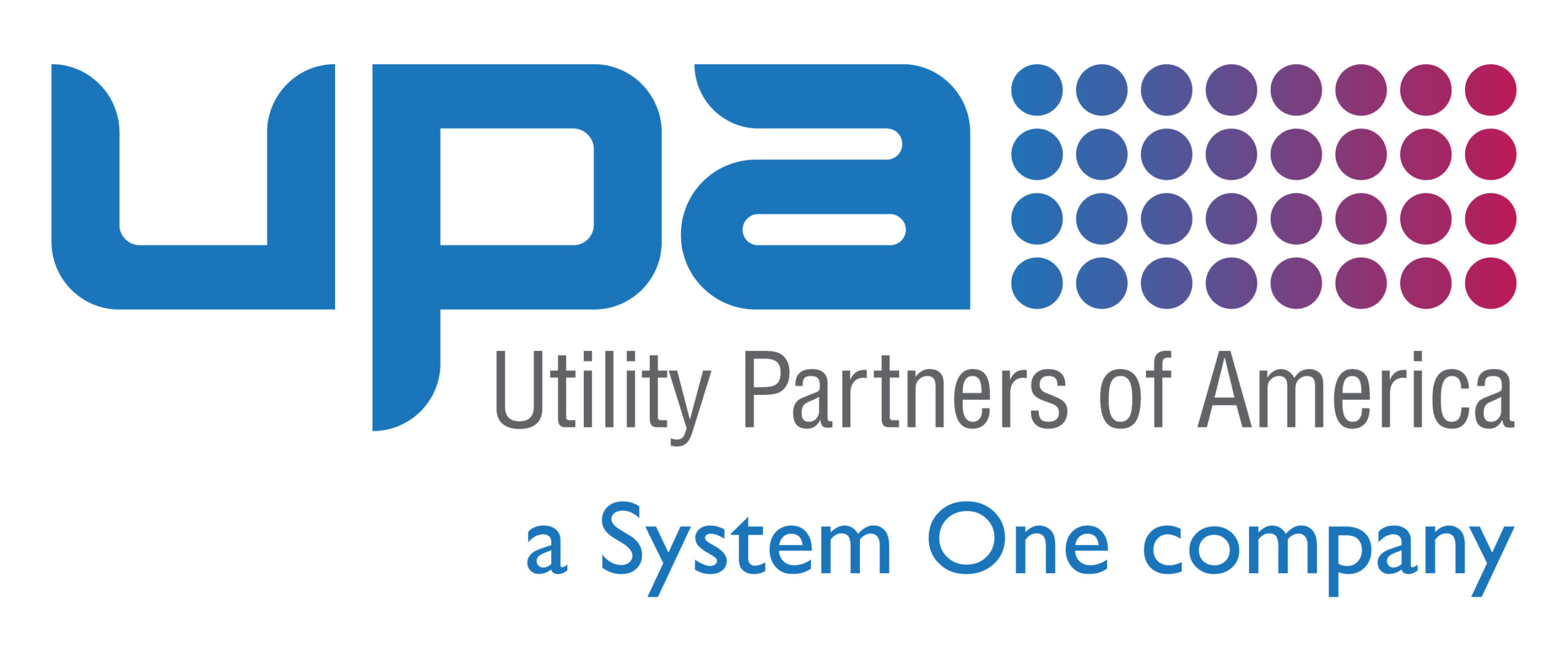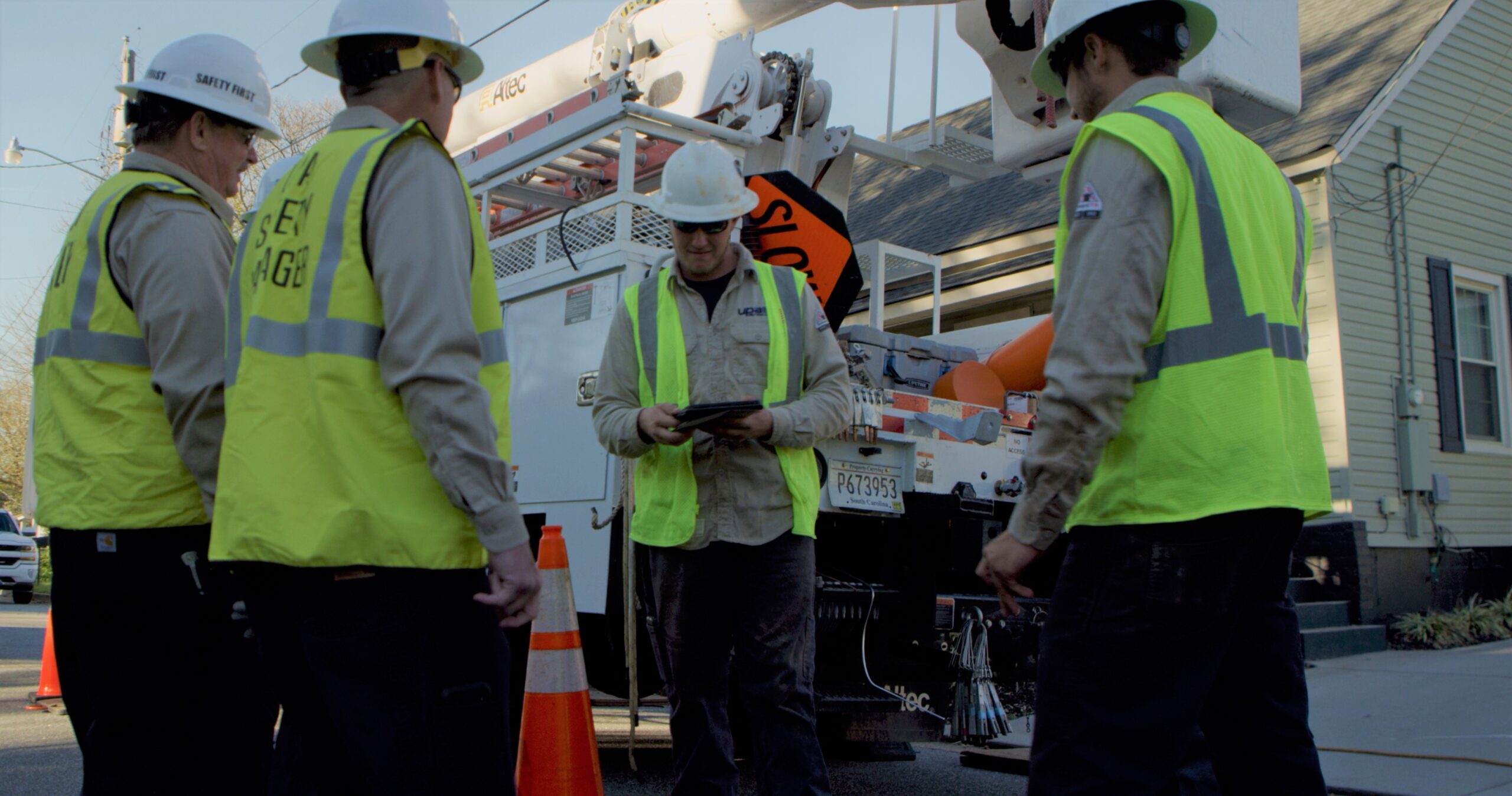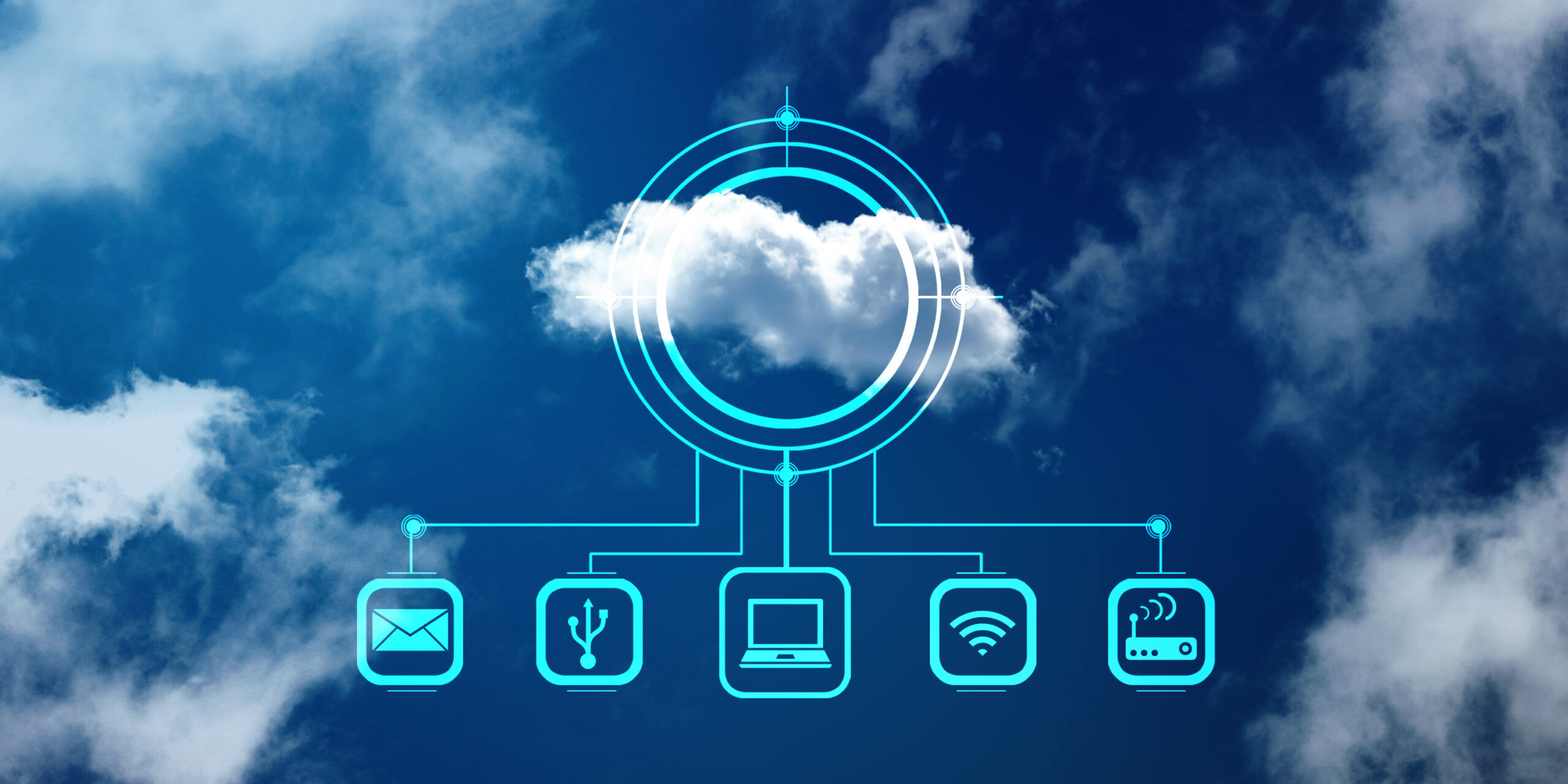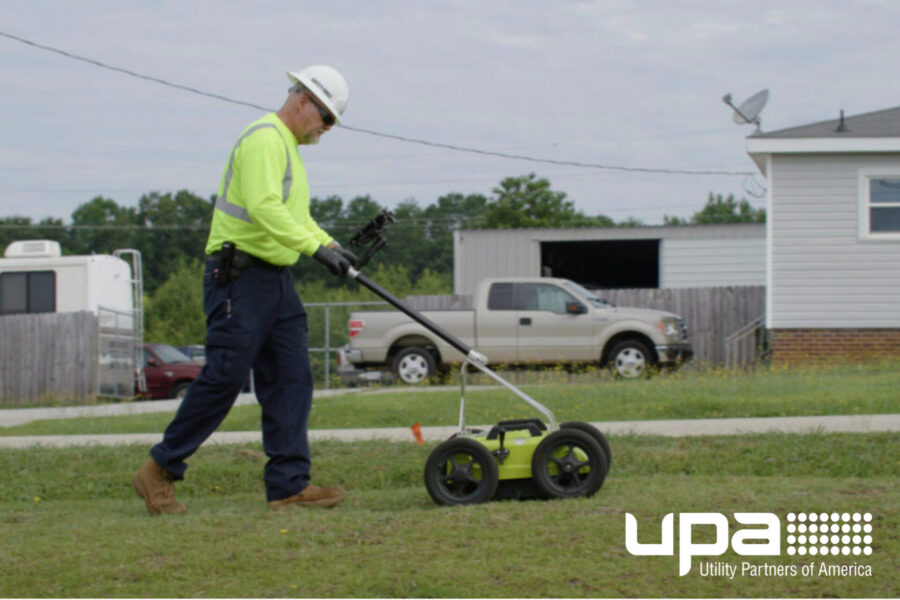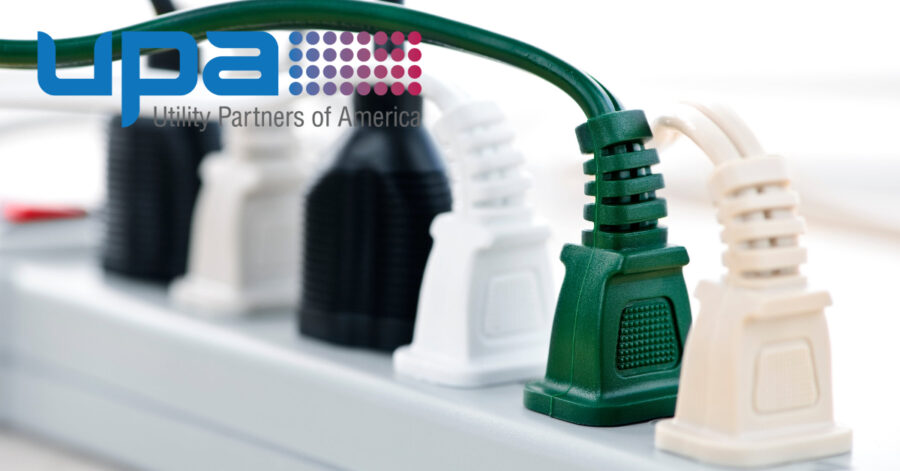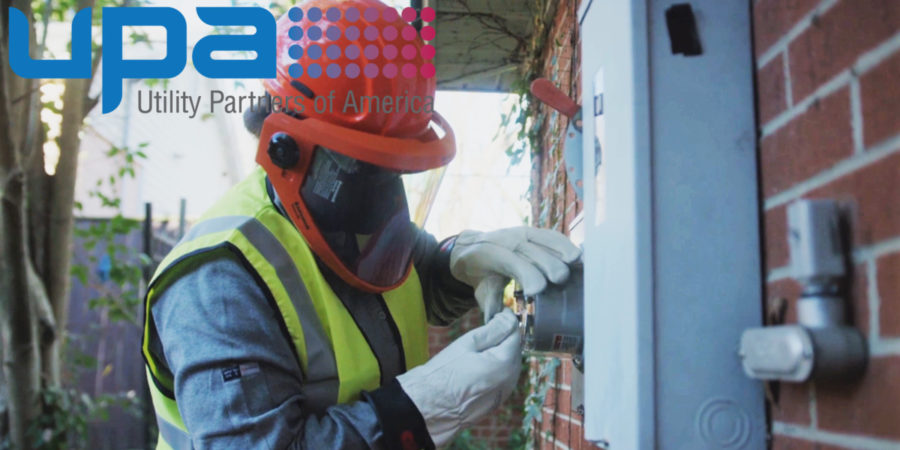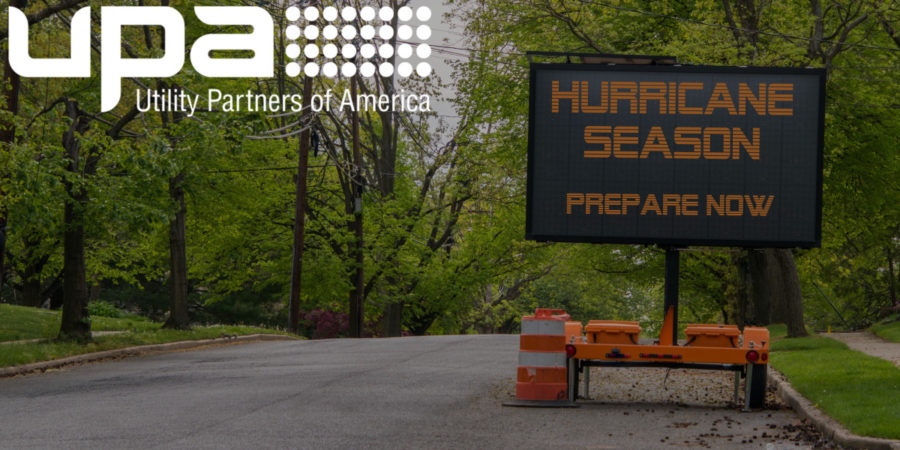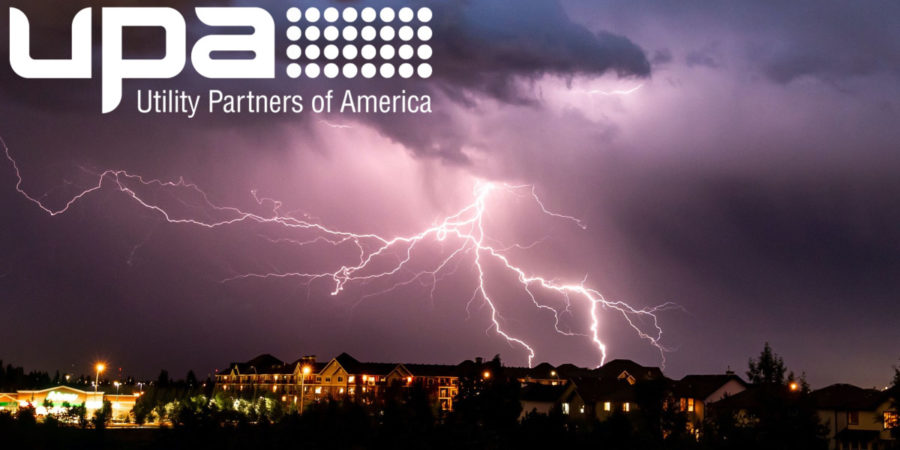Top 5 Tips to Remember About Toolbox Talks
Every workday, utility construction jobsites around the country are buzzing with activity as workers and tradespeople toil away. But before the first meter is installed, the first pole is repaired, or the first underground utility is located, it’s not uncommon to see these hardworking employees and contractors gather for what’s called a toolbox talk. Also known as a tailgate meeting, these informal sessions are brief safety discussions in which jobsite leaders reinforce best practices for remaining safe while working.
The concept of toolbox talks has been growing rapidly in popularity over the last few decades—which may be one of the biggest reasons why worker deaths, injuries and illness are down significantly since the 1970s, according to the Occupational Safety & Health Administration. If you want to start toolbox talks on your jobsites or you’re looking for a few tips to improve your ongoing sessions, read on as we recap our top five things to remember about toolbox talks
